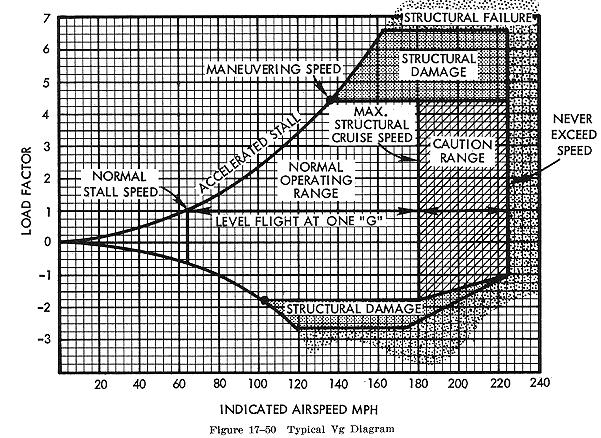Creative Speculation
Showing Original Post only (View all)William Seger - Epic Fail [View all]
As many of you may know, Seger has claimed that the airspeeds reported on 9/11 were possible based on the Federal Aviation Regulations Part 25, specifically sections 301, 303, and 305, stating a factor of safety of 1.5, or 150%.
After mind numbing discussions attempting to explain that the "Limit Loads" and "Ultimate Loads" described in FAR Part 25.301 were for... you guess it, Loads, and not speed, and the fact that Seger only first heard of Vd just a short month ago after viewing our film Skygate, Seger attempts to find outside help for his creative interpretations, based on his obvious bias.
First he tries the physics forum. He gets a reply from only one person who states he is an "engine guy and not an airframe guy and cannot comment on aircraft designs." - Seger Fail
Then he tries an Aeronautical Engineer Forum, no one replies. - Seger Fail
Seger then finally admits that Vd is not a load and is in fact a speed. But still thinks the definitions under FAR 25.301 still apply to speed. - Seger Fail
Seger then emails the FAA and claims "Game over" - Seger Fail
To understand the whole story, you need to look at a Vg Diagram — .... It's a graph that illustrates the stall lines, the limit loads, ultimate limit loads and Vne as the "envelope" of the aircraft — and most of us have never seen an actual one for our aircraft! Va falls at the point where the 'positive limit load' line intersects the 'stall' line on the positive 'g' portion (upper) of the diagram. And we are told that if we are flying at that speed, the airplane stalls before it exceeds the limit, and thus can sustain no damage.
(emphasis mine)
Read more at http://www.flyingmag.com/pilot-technique/tip-week/ups-and-downs-turbulence#xd7wSFXtMk7ZIYeG.99

The dive speed (Vd) is the absolute maximum speed above which the aircraft must not fly. Typically, to achieve this speed, the aircraft must enter a dive (steep descent), as the engines cannot produce sufficient thrust to overcome aerodynamic drag in level flight. At the dive speed, excessive aircraft vibrations develop which put the aircraft structural integrity at stake. - Source,
Credentials -
Concerning me, I am a freelance aviation journalist / author for SP’s Airbuz, the only exclusive civil aviation magazine in India. I also am an aerospace designer, and a flight simulator instructor. I was formerly employed with Honeywell, but now completely on my own.
In 2011, I developed and installed 5 Boeing 767-type fixed base flight simulators, intended for systems training for its designers / developers working on aerospace products. I was also part of a program which attempts to bridge the gap between engineers and modern avionics and airliner systems.
My focus of more than a decade has seen me at airline dispatch, airport facilities (NDB, VOR, ILS, Radars, and ATC), aircraft maintenance, airline training (simulator centres using CAE and Thompson Level-C FFS), avionics system development, teaching (aircraft systems), and aircraft system design.
(emphasis mine)
Seger - Epic Fail
And this is why Seger still has not found one person within aviation (not even Beachy), to support his interpretations of FAR 25.301, 303, and 305.
Meanwhile, this list grows.
Keep digging Seger.